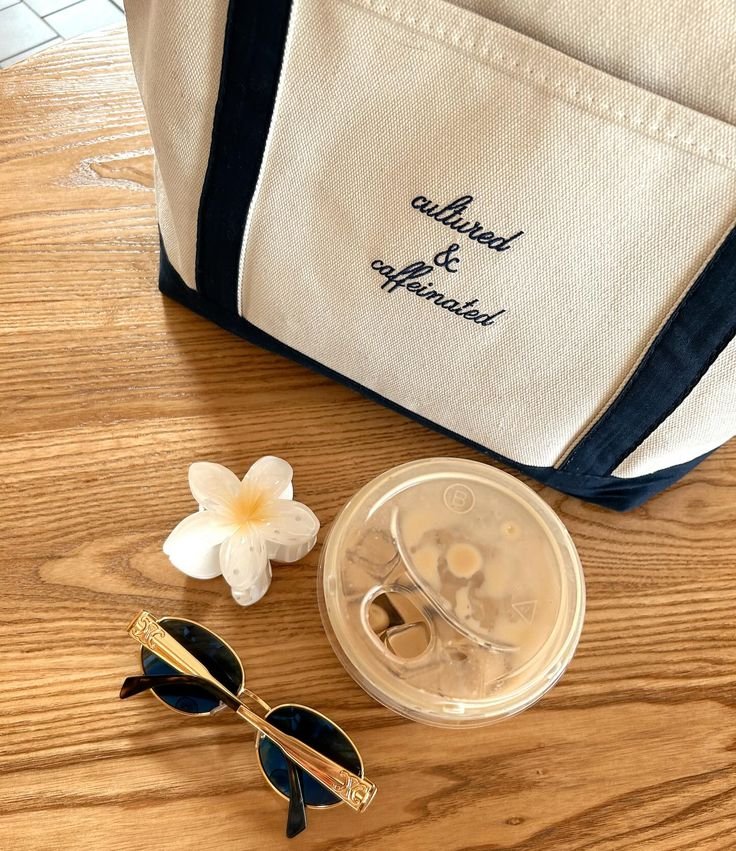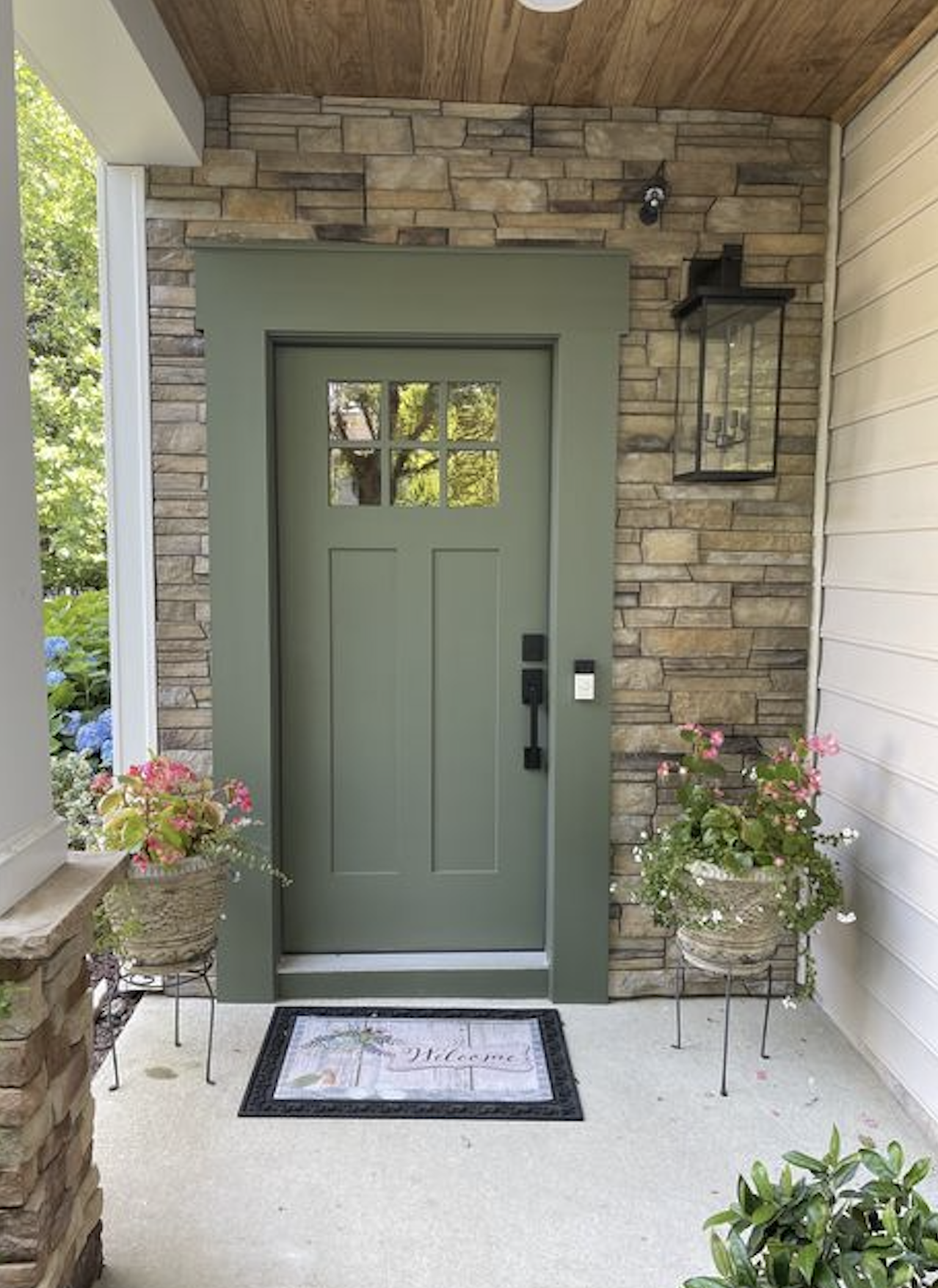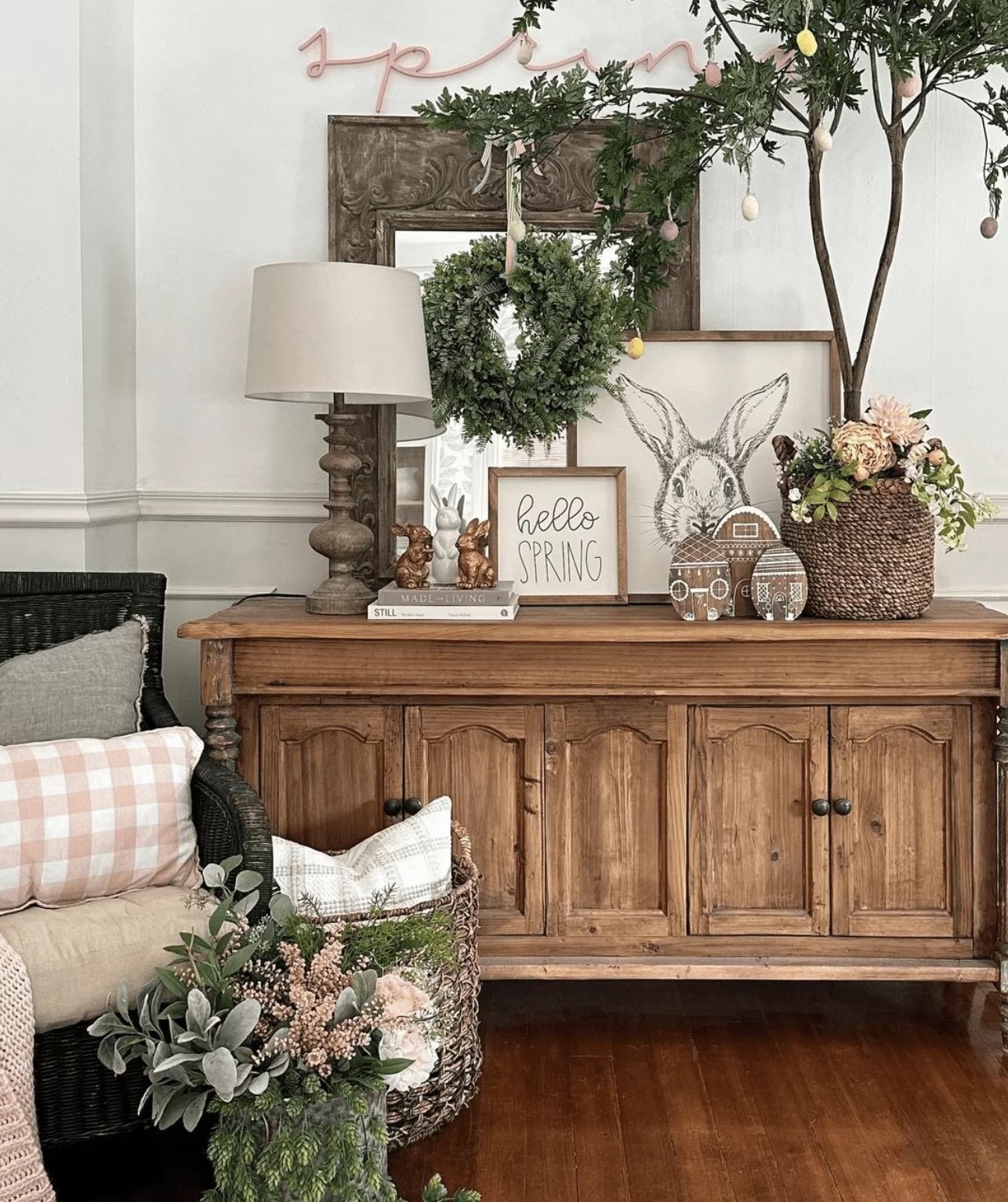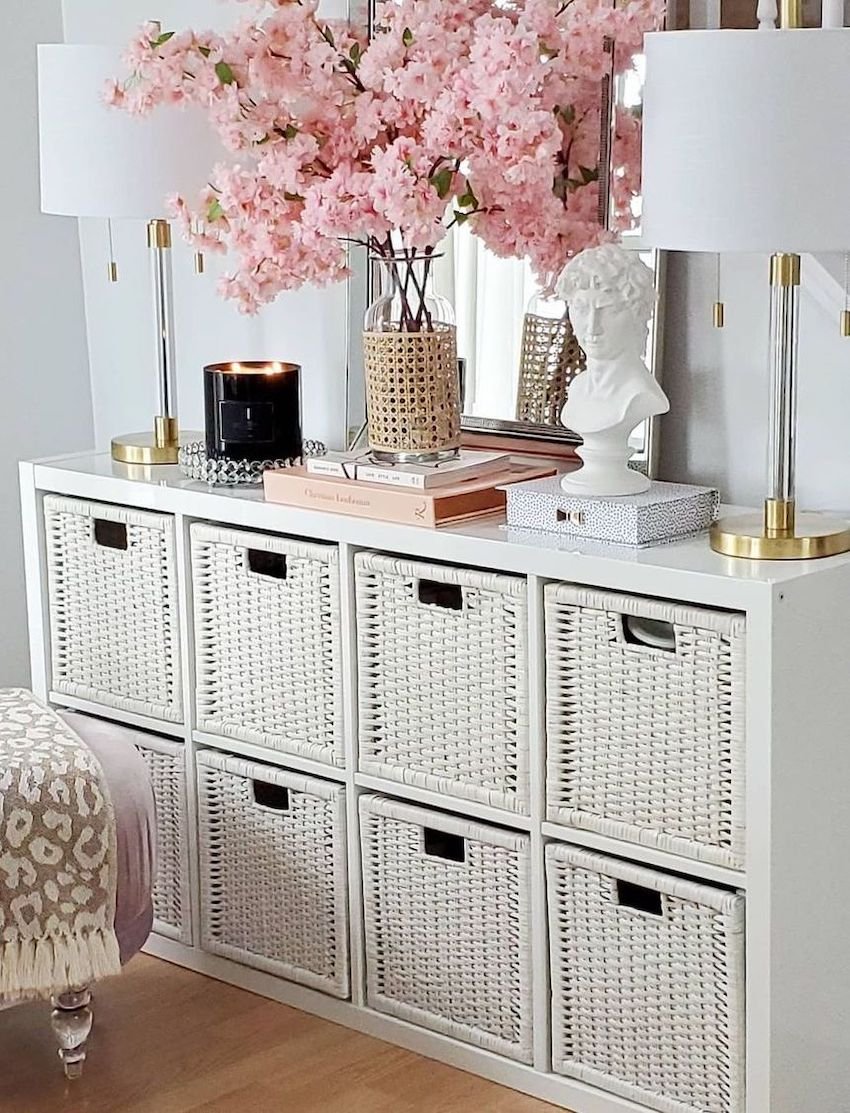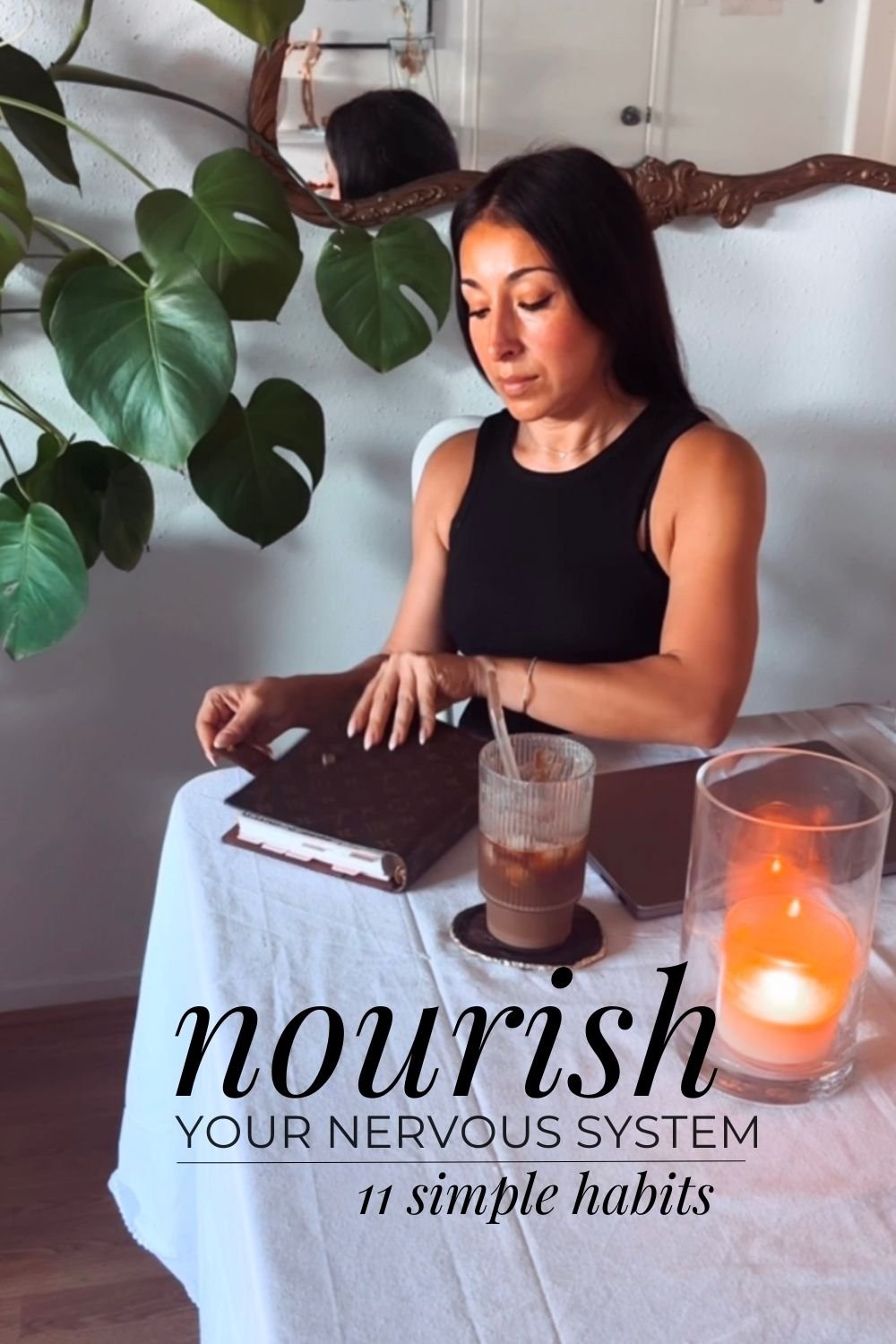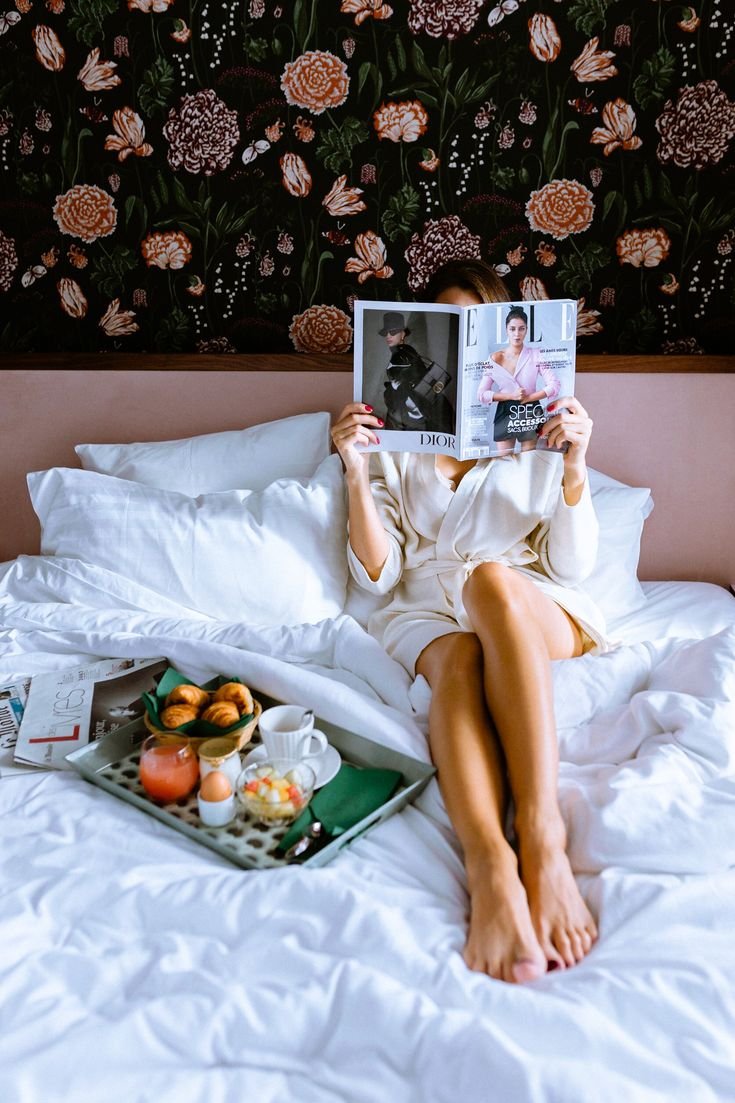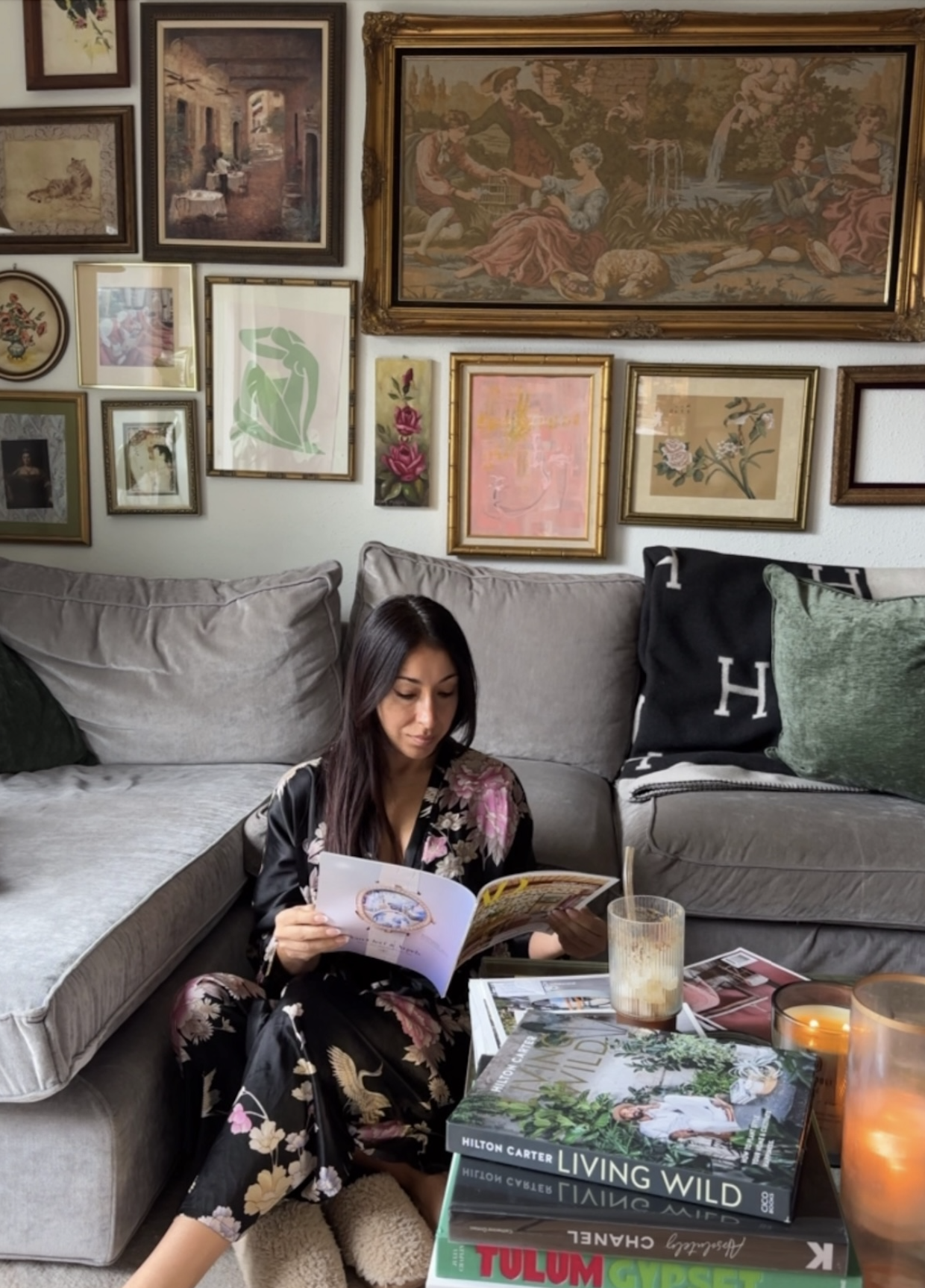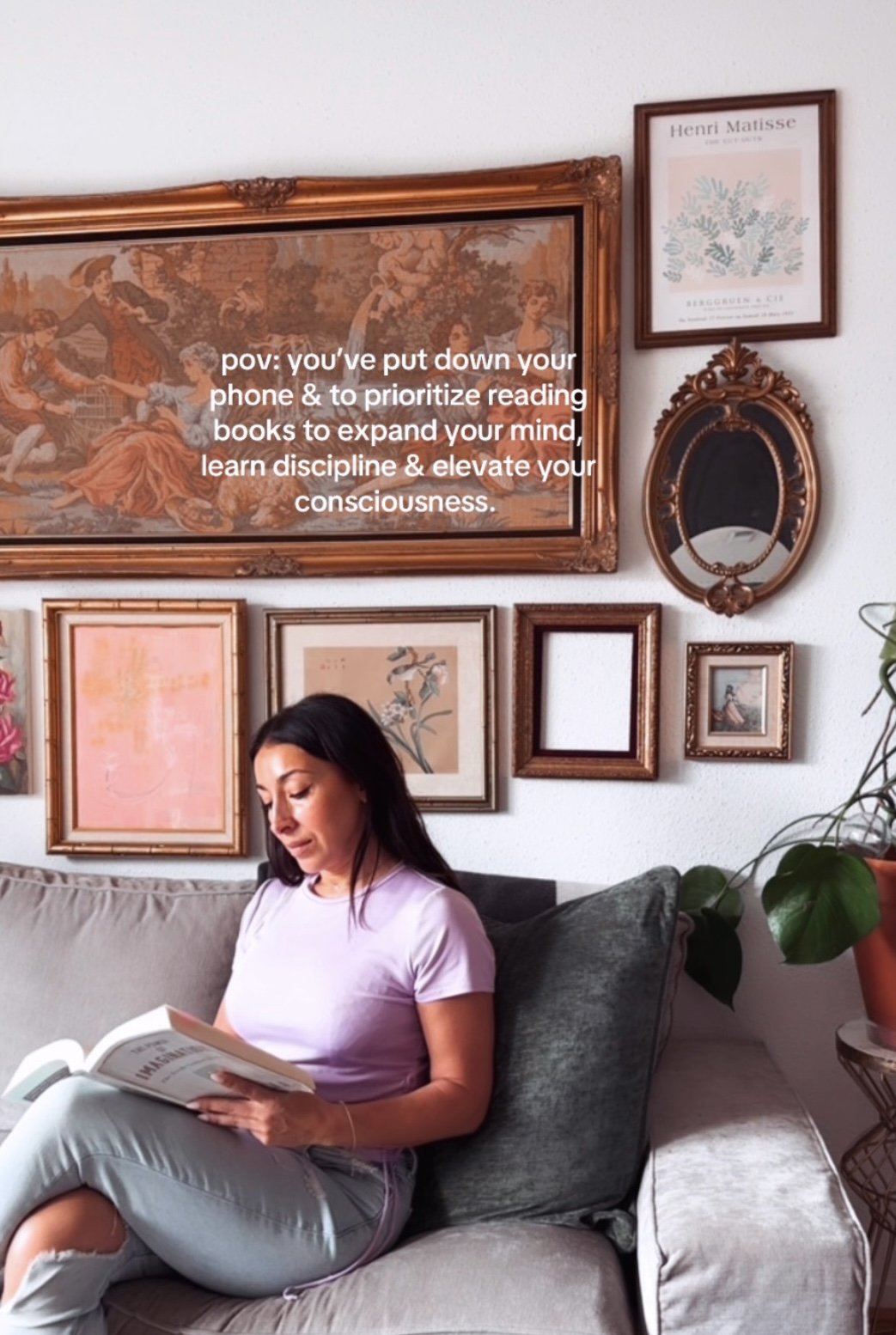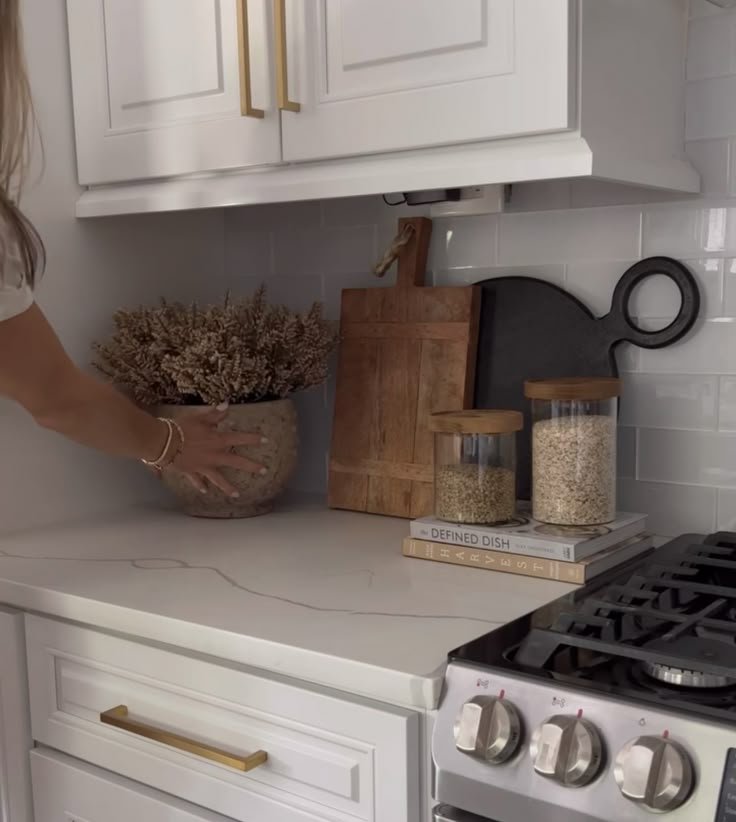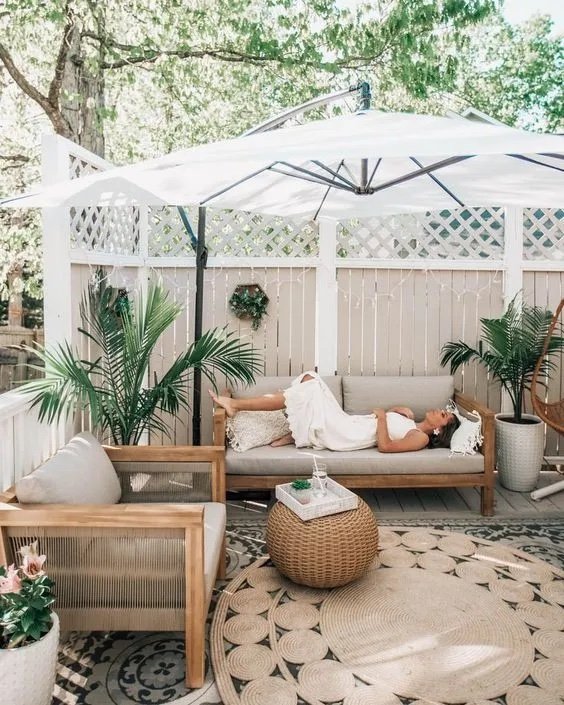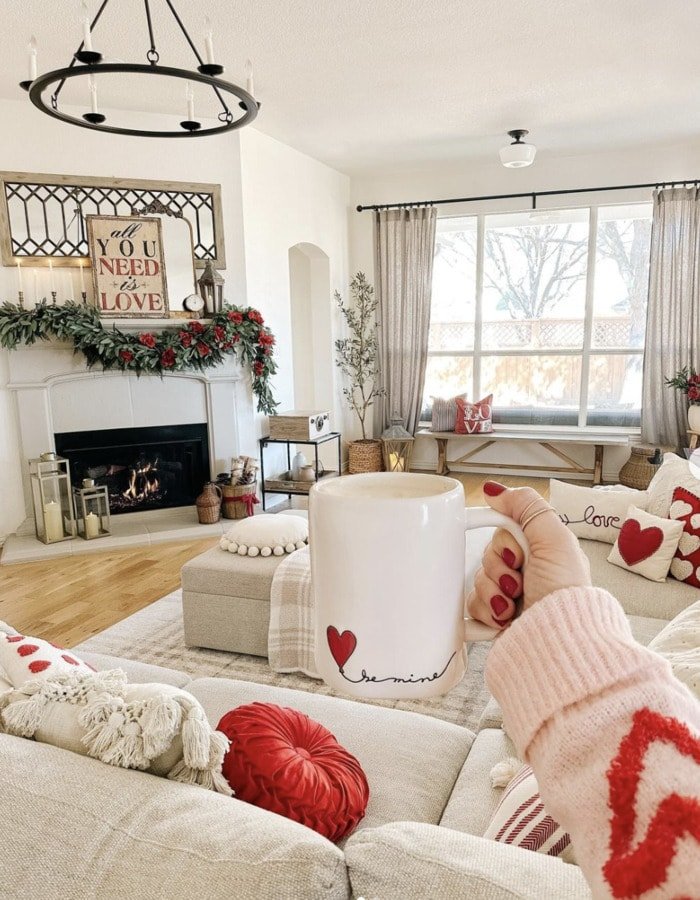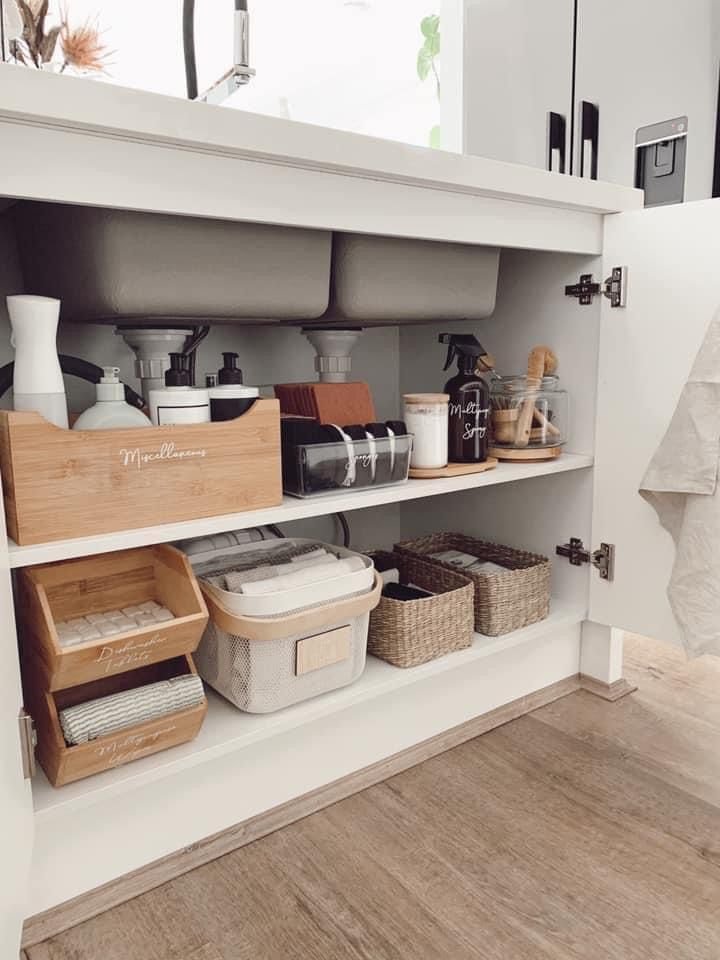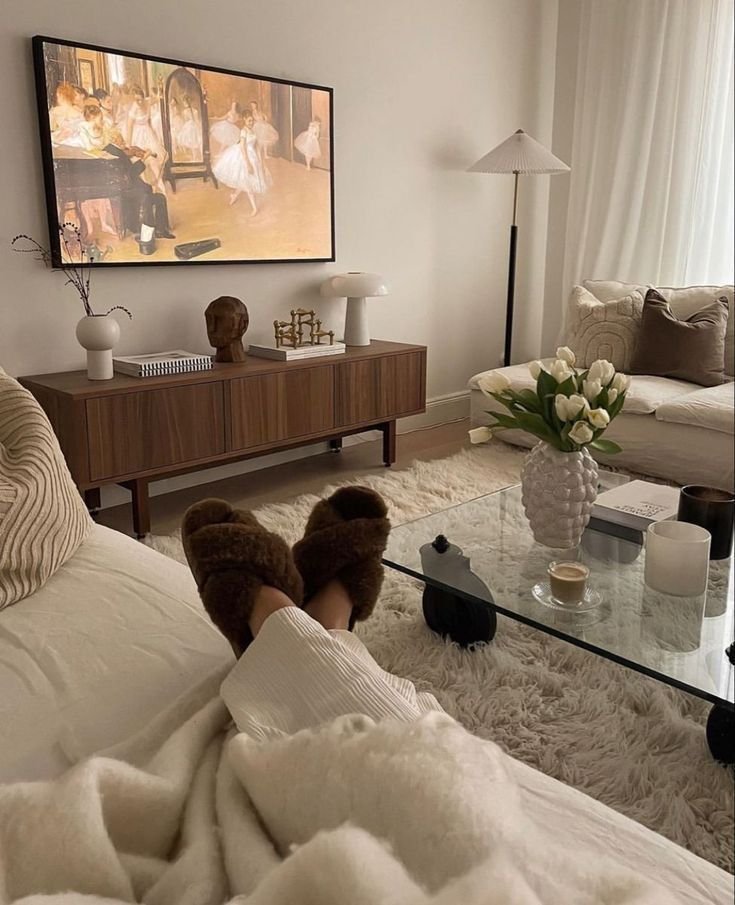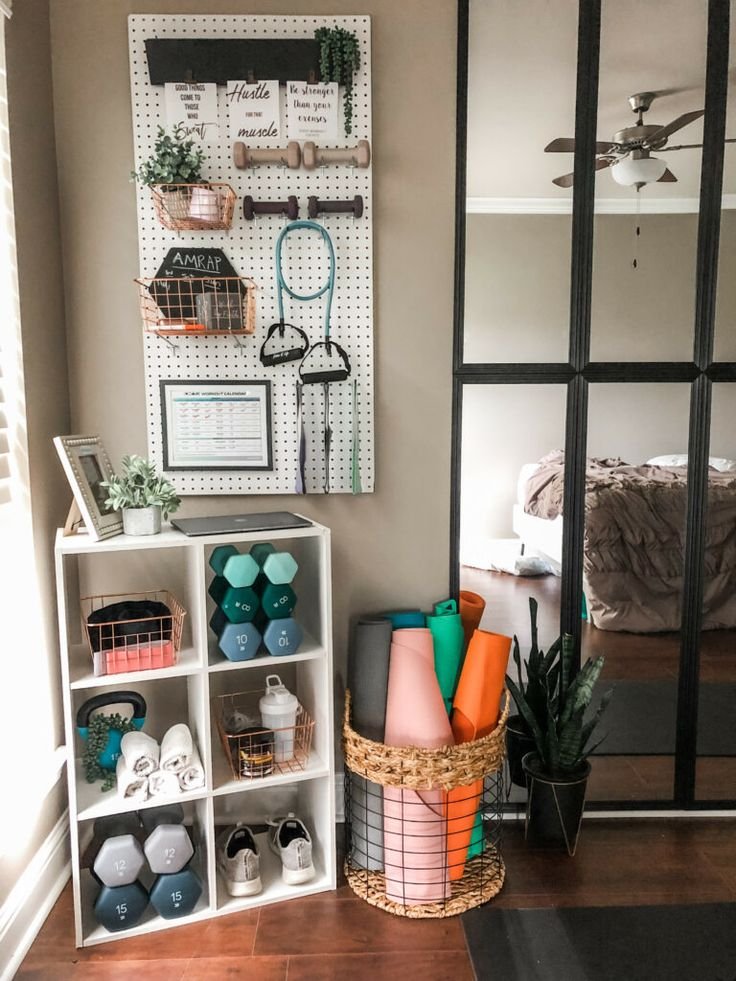Lately, I have been doing a ton of virtual design and many of my clients have really wanted to be involved in the process of creating the overall theme for the room. As much as I love creating my own, I do enjoy helping my clients create their own process for designing their own space. It can be fun and empowering for someone to take charge in creating the concept for a space and seeing it through to completion. I'm sure it goes against any designer/client rules but I love creating little budding decorators. It makes me happy. I'm currently in the process of creating my newest workshop/online course called Decorating for Bliss; how to be your own decorator. Stay tuned.
Over the weekend, I was gathering some inspiration for my clients and went through one of my old favorite books by Tricia Guild. She has always been one of my favorites for mixing colors and patterns. The book gave me so much food for thought. Then I came across her 2018 Spring/Summer look book and it gave me some ideas to share with you on how to create your own.
Many designers, artists, and creators use a concept board to formulate a "look" or as Kelly Wearstler coined it "a vibe". This should be the starting point for decorating or designing your home because it helps you to not get overwhelmed by so many choices or options, as I feel many of my clients do. Creating your own board for each room can free up indecision and to help you not make mistakes.
Let's look at Tricia's mood boards to help you and inspire you.
1. Come up with a mood. You can think of it like an experience. You might use a movie, play, video, fashion photo or exotic location to help you. A few ideas to inspire:
Moulin Rouge, The nights sky, Marie Antoinette, Marrakesh, Under the Sea, A tranquil spa, Palace of Versailles, Greek Isles, etc.
2. Choose the colors. Throw out all the rules for colors and just go with the colors that look and feel good to you. True Feng Shui and Color Therapy will tell you, you will be attracted to the colors that you need. Begin picking things (fabrics, items or photos) in colors you really enjoy and add them to your board. Spend some time arranging and rearranging your color palette, see how things evolve and flow.
3. Begin choosing looks that you love. This will help you get clearer on what layouts and furniture styles will appeal to you. Once you have seen what styles of looks and furniture you are attracted to, you can begin to shop for things that may work well in the room.
THINK OUTSIDE OF THE BOX. Don't limit yourself, allow for freedom when it comes to creating your vision. You can use flowers, metal scraps, food, etc. To really pull it all together. Keep going until you begin to feel really connected to your board and it makes you fully happy.
DON'T LEAVE YOUR VISION. I want to encourage you to not to veer from your board. When you go to shop, use your board as a shopping guide for as to what to buy. So if you find something but it doesn't go with the board, wait on that item.
Here are some beautiful boards to give you some ideas:
Kathy Kuo Home
BM Design London









